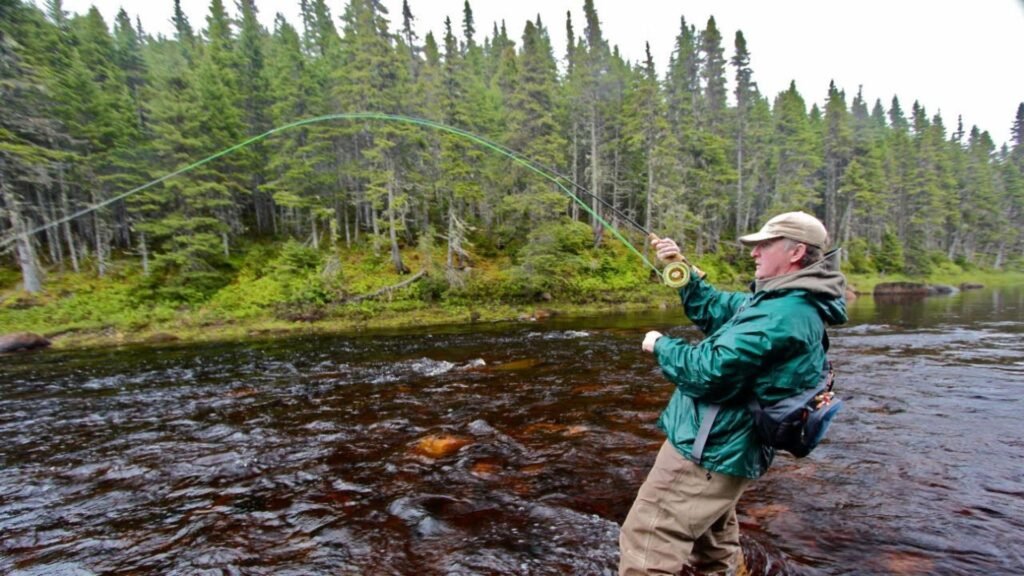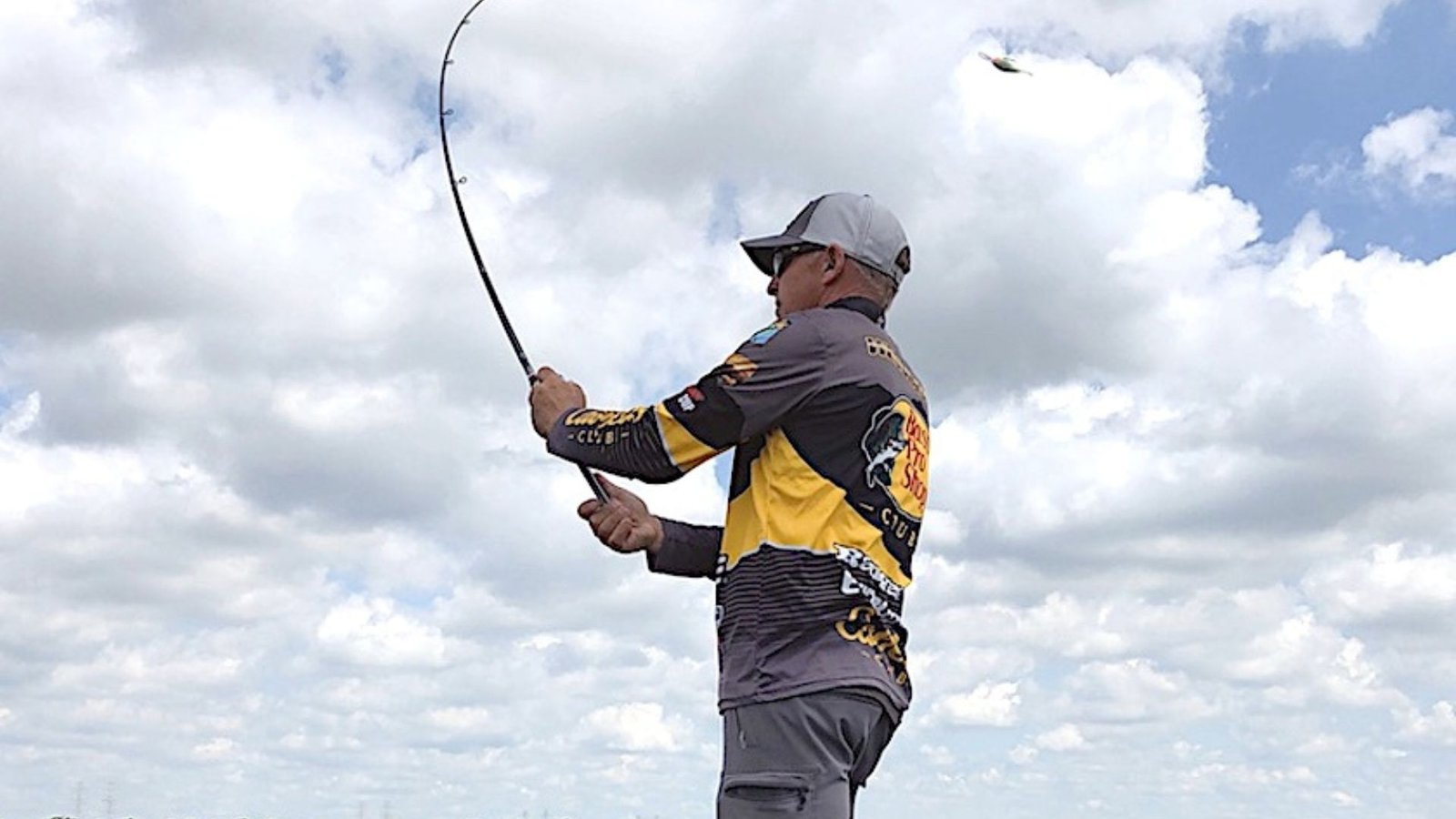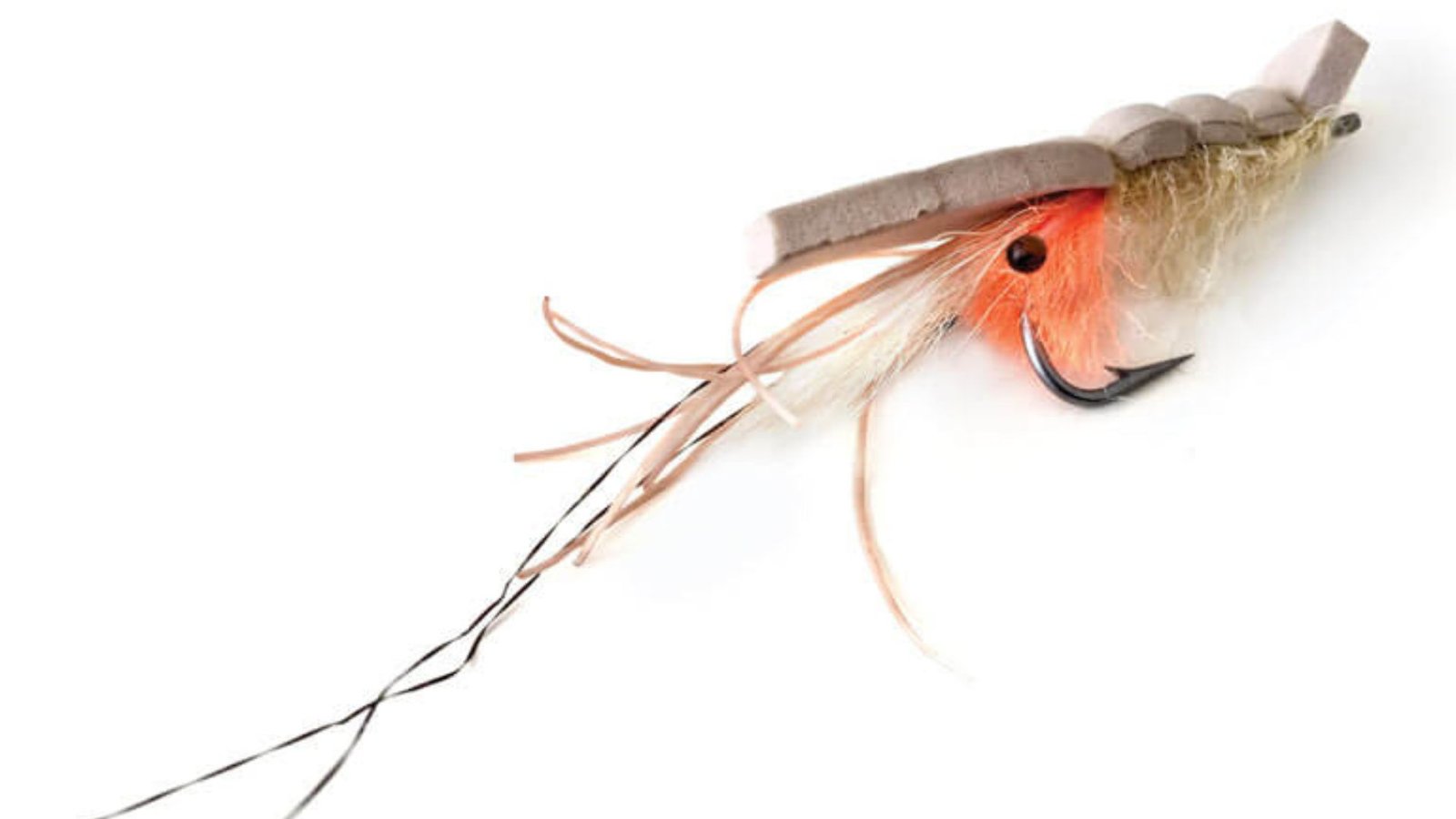Introducing newcomers to the art of salmon fly fishing involves not just handing them a rod and reel, but imparting a foundational understanding of equipment, techniques, and the natural environment. This guide aims to equip instructors with the tools needed to effectively teach beginners the fundamentals of this captivating sport. Salmon fly fishing is not merely a hobby but a deeply immersive experience that connects anglers with nature and tests their skill in enticing and catching one of the most prized fish species in freshwater rivers.

How to Teach Beginners Salmon Fly Fishing Techniques
Essential Gear and Equipment for Beginners
When teaching beginners, it’s crucial to start with the basics of gear and equipment. A fly rod and reel matched for salmon fishing are essential. Discuss the different types of rods and reels available, emphasizing durability and suitability for various fishing conditions. Introduce them to the importance of fly lines and leaders, explaining how these components affect casting and presentation.
Mastering Casting Techniques
The foundation of successful salmon fly fishing lies in mastering casting techniques. Begin with the basics: the overhead cast and roll cast. Stress the importance of smooth, controlled movements to achieve accurate and long-distance casts. Provide hands-on demonstrations and encourage beginners to practice until they feel confident in their casting abilities.
Understanding Water Conditions and Fish Behavior
Teaching beginners to read water conditions and understand fish behavior is pivotal. Explain how river currents, depth, and structure influence where salmon congregate. Discuss how to identify potential feeding and resting spots for salmon, guiding beginners to observe and interpret these cues to maximize their chances of a successful catch.
Strategies for Effective Fly Presentation
Fly presentation is an art in itself. Teach beginners how to select the appropriate fly for the conditions and demonstrate how to tie knots and attach flies securely. Guide them on how to present the fly to mimic natural movements, enticing salmon to strike. Emphasize the importance of patience and persistence in mastering this skill.
Safety Measures and Ethical Fishing Practices
Safety should always be a top priority when teaching salmon fly fishing. Educate beginners on essential safety precautions, such as wearing appropriate gear and understanding river currents. Discuss ethical fishing practices, including proper catch-and-release techniques to ensure the sustainability of salmon populations.
Practical Sessions and Continuous Improvement
Hands-on practice is essential for beginners to consolidate their learning. Organize practical sessions where they can apply casting techniques and practice fly presentations under supervision. Provide constructive feedback to help them refine their skills and address any challenges they encounter.
Conclusion: Empowering Beginners in Salmon Fly Fishing
In conclusion, teaching beginners salmon fly fishing involves more than just teaching them to cast a line. It’s about instilling a passion for the sport, fostering an appreciation for nature, and imparting skills that can be honed over a lifetime. By following these comprehensive guidelines and nurturing a supportive learning environment, instructors can empower beginners to embark on a rewarding journey into the world of salmon fly fishing. As beginners progress in their skills and knowledge, they will not only become proficient anglers but also advocates for the conservation and stewardship of our precious freshwater ecosystems.




